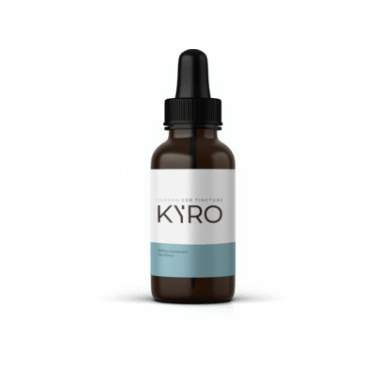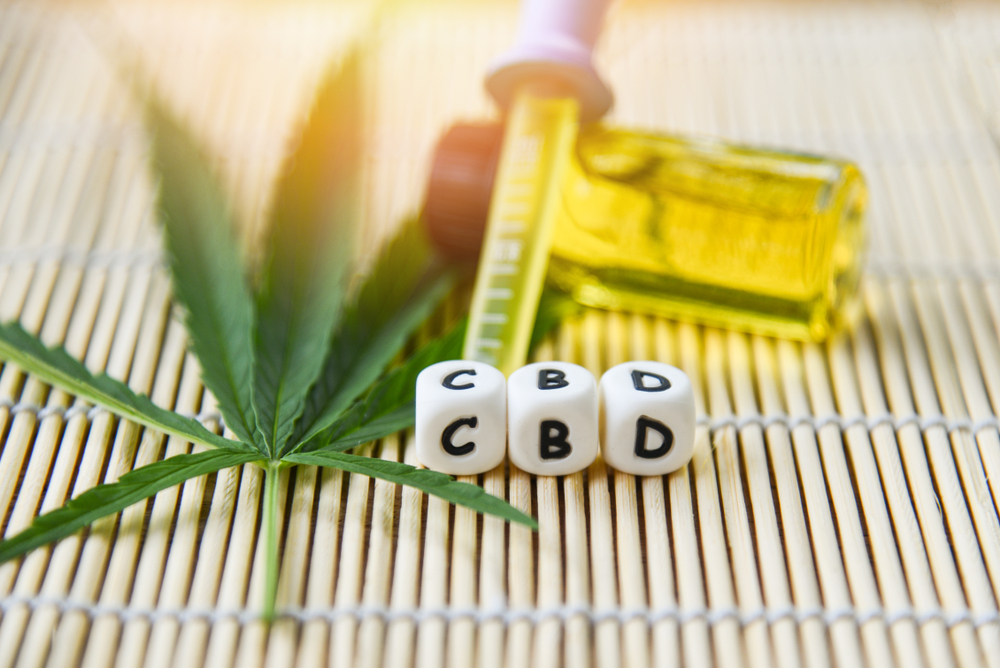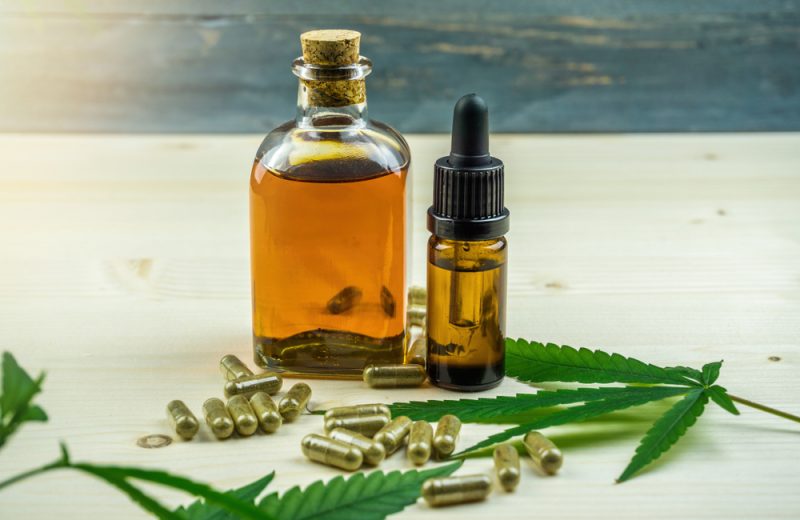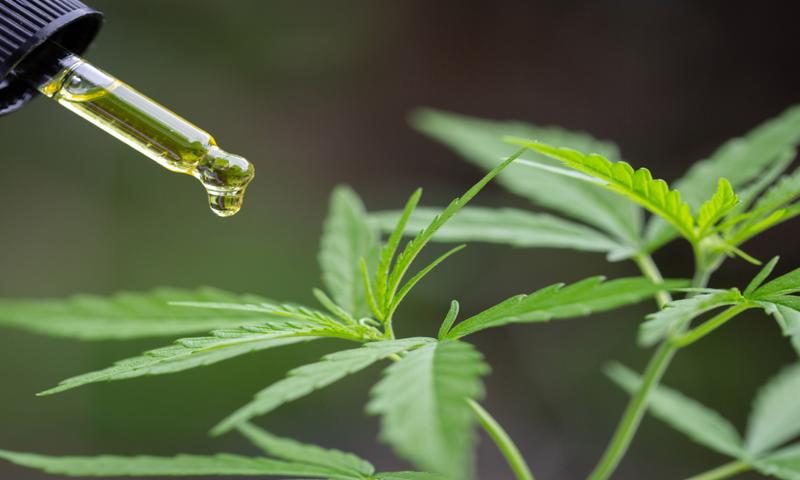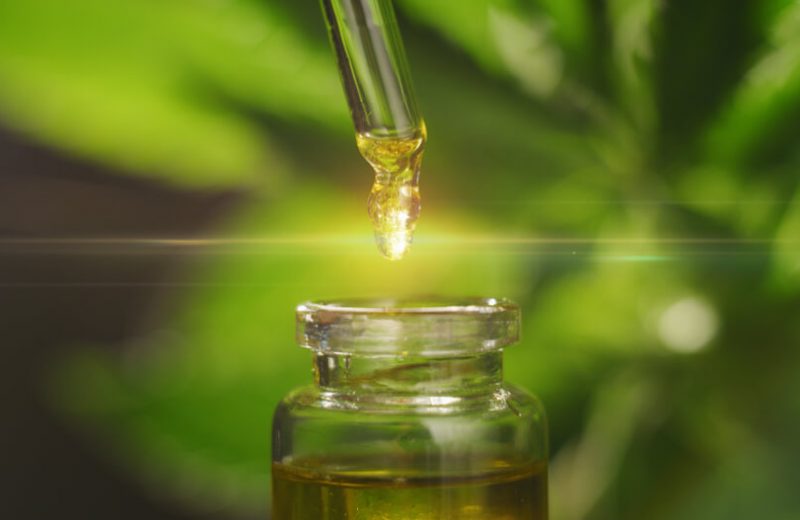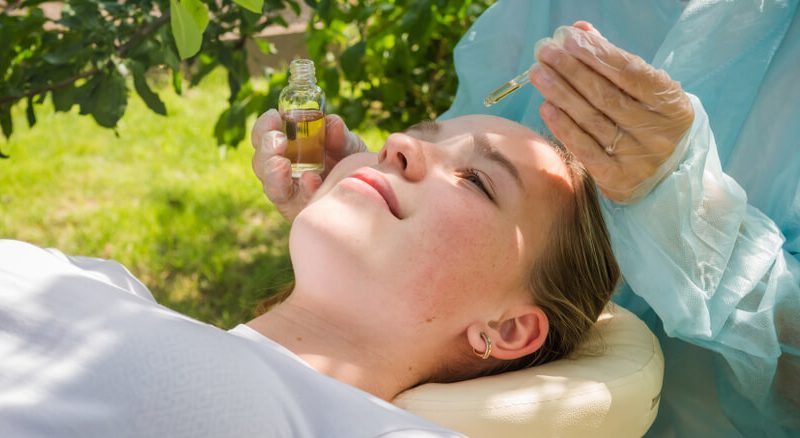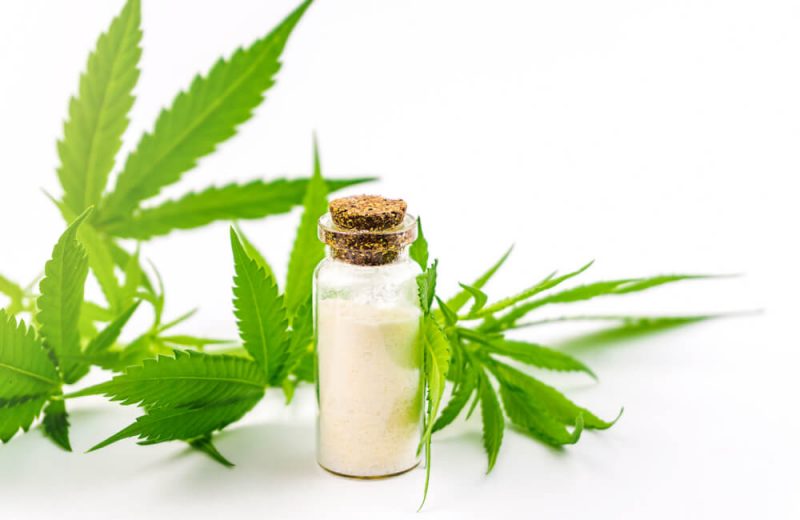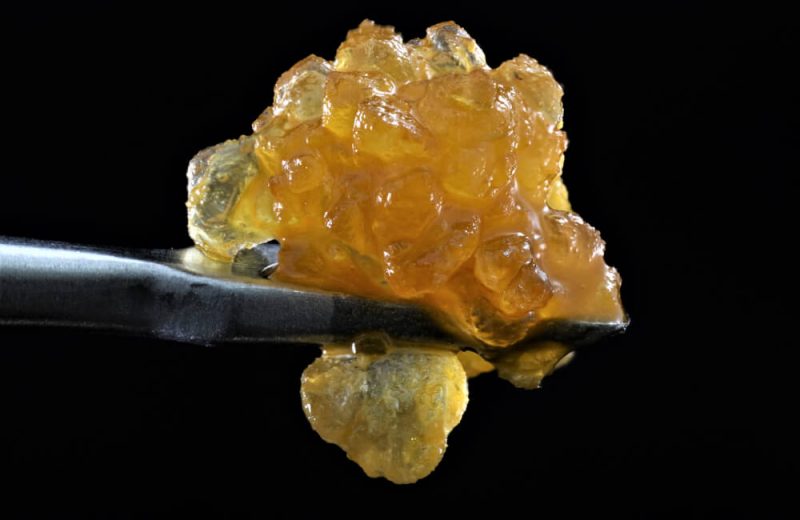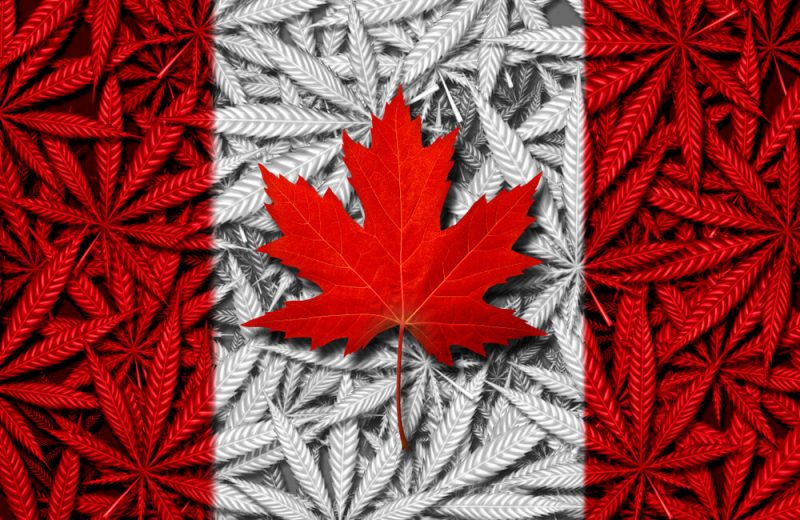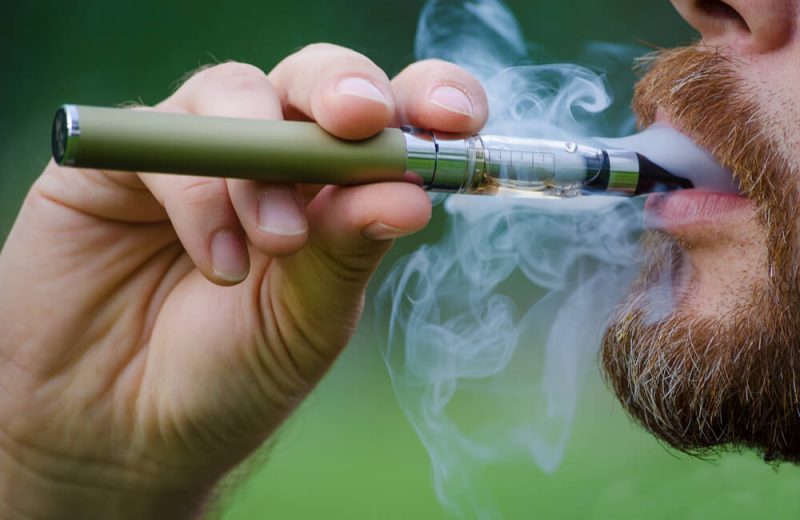Is your CBD starting to seem just a little off to you? Don’t just look the other way! It might be starting to go bad.
Yes, CBD can go bad. It, like so many other products out there, has an expiration date that consumers should pay attention to in order to avoid consuming foul-tasting, minimal potency products.
But it’s not all bad and unlike most consumables, like milk or bread, CBD typically has a long shelf life spanning between 12 and 24 months, as opposed to just 3-4 days. Of course, this may be lower as a result of purchase time, but straight from the factory, it’s the year-plus expiration that we expect.
CBD can last a little longer than the quoted expiration date providing that you follow simple care rules — store it away from heat and sunlight. But as a general rule, users should use the expiration date as a golden piece of information.
But can your CBD go bad before that golden date? It’s not too difficult to tell once you know what you’re looking for.
How to test if your CBD has gone bad
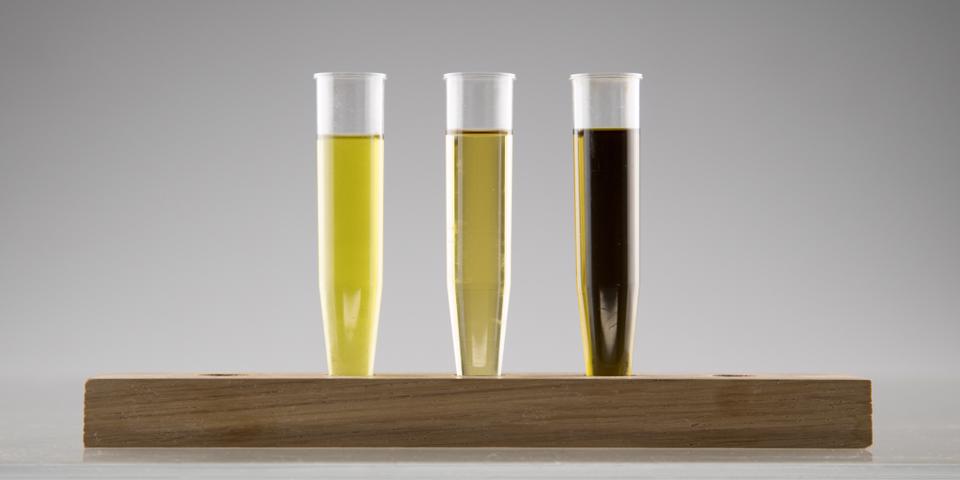
You won’t need a microscope or any other expensive, specialist equipment to get to grips with whether or not your CBD is still good to go – just use a couple of simple sensory checks.
The expiration date
First, of course, if you’ve noticed something off about your CBD, you should always be checking the expiration date.
It may sound like common sense, but you’d be surprised at how many people miss out on this simple trick before going out on a Google tangent, researching exactly how long it takes for CBD oil to work. All CBD products should display an expiration date label, as required by the FDA, so it’s always a good idea to check this before purchasing (if possible).
Likewise, if you’re noticing that your CBD smells a little funky, it’s time to recheck that expiration date – if you’ve passed the “best before” date, it’s time to throw it away and pick up a new set of oils. But if you’re still within the deadline, you’ve got some more experimenting to do.
The texture and color
The texture and the color of the product are next up on the list of things that you should be checking, as these give telltale signs that shouldn’t be ignored most of the time.
If the texture of the CBD oil is foggy or murky, chances are that the compounds that make the product up have begun breaking down and it’s gone bad. This murkiness might also appear to be separation of oil and ingredients in the bottle, again showing that the CBD is past its best.
However, it’s not always the case that the murky oil is a write-off. This is especially true if you refrigerate CBD for long periods of time. The texture of the oil will naturally thicken; if left out to come to room temperature, it should revert to its original and normal appearance. A word of warning though — this probably means that the CBD is very close to expiration and it’s best to add new oil to the shopping list.
Similarly, a change in color is often brought on with the breakdown of the compounds found in a typical CBD oil and will change over time. These may be especially likely if the product is exposed to strong sunlight or heat. If you’ve noticed the color change in recent days or weeks, chances are that the product is no longer any good.
The smell and taste
The final piece of the puzzle to find out whether or not the smell and taste of the oil have changed. This won’t be difficult to figure out!
The taste of bad CBD is much worse than the normal stuff, and a flavor that you definitely won’t miss. Similarly, the odor of off CBD should be rancid, something else that shouldn’t be missed.
Ultimately, if you’re having to smell and taste the product and still aren’t sure, it’s probably going to be okay for consumption. However, if the oil is murky and the smell and taste rancid, it’s best to pour it straight down the sink.
What factors determine CBD expiration date?
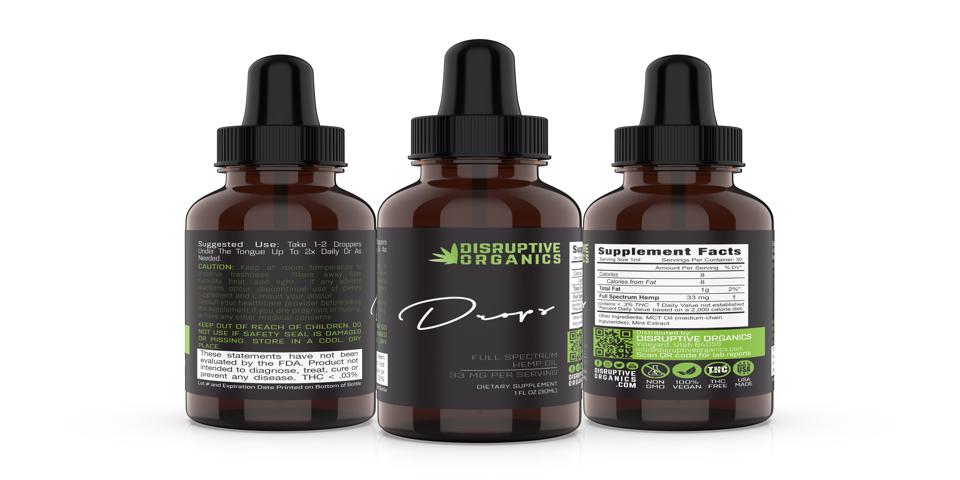
As with the majority of products that come with an expiration date, CBD has numerous factors that determine the “best by” or expiration date on the label.
Extraction method
The first factor determining the CBD expiration date is the method of extraction used to transform the hemp plant material into usable oil.
As a general rule, and without going into too much detail, the CO2 extraction method is widely regarded as the best option available.
With the CO2 extraction method, the chemical integrity of the hemp is largely unmodified and preserved, maintaining stability for each of the compounds. This means a longer shelf life as the compounds take longer to break down. Alternative, lower-quality extraction methods such as solvent methods will create a product with less stable compounds and a shorter shelf life.
Cutting a long story short, if you’re able to identify and choose the extraction method that your CBD uses, it’s always a good idea to choose the CO2 extraction method.
Extraction date
However, the extraction method doesn’t mean anything if the product is then left alone on the shelf for months at a time.
That makes the extraction date just as important as the method chosen, and although this isn’t something that we as consumers can affect, it’s something that CBD companies must stay vigilant about.
Additional ingredients
Lastly, the additional ingredients added to a CBD oil or tincture can affect the expiration date of the product.
Common additional ingredients including flavorings and, for example, if one flavoring additive in one CBD product has a shelf life of 1 year, the CBD product as a whole would expire at this time because this is the ingredient in the CBD oil with the shortest life.
Is expired CBD safe to consume?
If you’ve recently consumed expired CBD, there’s no need to worry (a relief for plenty of those Googling I’m sure), because there are no real side effects to consuming expired CBD.
Instead of any negatives, users will simply be consuming inactive CBD, as the compounds in the oil break down and evaporate over time, decreasing its potency and efficacy. This may be okay for microdosing, but for the majority of us, this isn’t quite going to cut it.
There’s nothing to worry about, but lower potency isn’t in the user’s best interests and isn’t why consumers purchase it. Make sure you buy and use the highest quality product with plenty of time left before expiration.
How to correctly store and preserve CBD oil
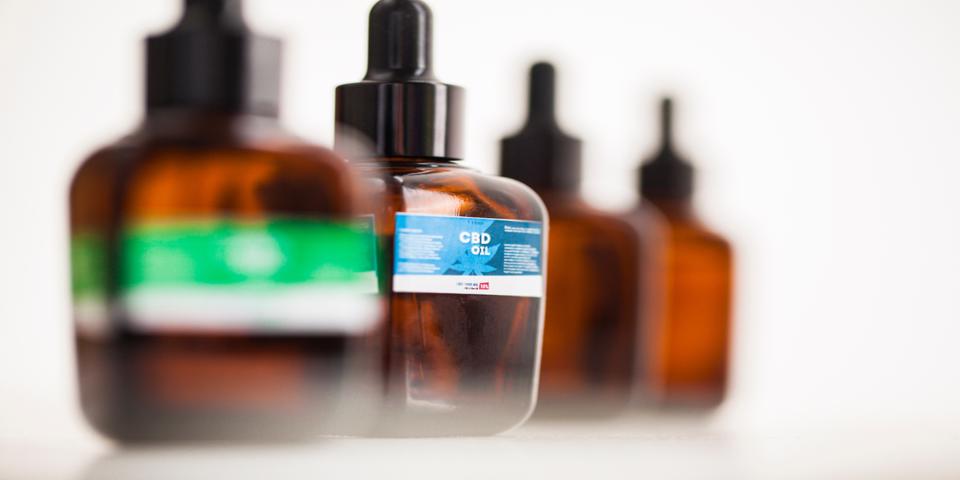
If you’re worried about correctly preserving or storing your CBD, there’s a number of different factors that you can pay attention to keeping your products fresher for longer.
Good storage means good CBD
Good storage is by far the most important factor in preserving and maintaining CBD oils or tinctures.
Both light and heat are the main two enemies that CBD faces on a daily basis, so try to minimize the oil’s exposure or contact with both. High heat and strong light, particularly sunlight, promote oxidizing of the oil, which breaks down the oil’s beneficial molecules at rapid speeds and results resulting in evaporation and destabilization.
Ultimately, this leads to the loss of effectiveness of the CBD, essentially rendering the product useless. So, in the interest of preservation and adequate storage, user’s should ensure the following:
- Prevent contamination by using a clean spoon each time you use the oil, to avoid introducing bacteria into the contents
- Store the CBD oil container in a cool and dark place away from both sunlight and other heat sources
Only buy as much as you need
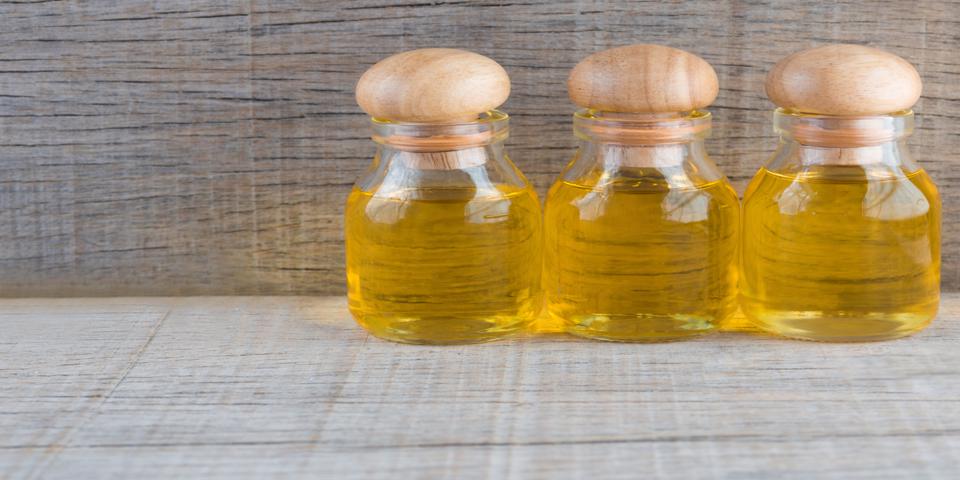
Another common fault that we’re seeing many CBD users adopt is the bulk buying of products to both stockpile the supply and take advantage of offers and deals.
Again, the expiration date that you’ll find on the packaging of the CBD isn’t something that should be ignored, and with some users regularly purchasing multiple bottles of CBD at a time, this can lead to wastage as the expiration dates creep up.
The best practice is to ensure that bottles are purchased when needed rather than engaging in bulk-buying and wasting both CBD and money.
The takeaway
CBD can go bad, just like milk, bread or eggs, but that doesn’t mean that it will be harmful to the human body.
For those that have consumed expired CBD, they’ll be relieved to know that there are no negative effects associated. However, the potency of the product will be heavily reduced. This is due to the breakdown of the compounds found in the CBD products, which reduces their effectiveness.
Users should easily be able to identify whether a product has gone bad by checking the FDA required expiration date, viewing the texture and color of the oil while looking for a murky appearance, and finally smelling and/or tasting the product. If any of the three aren’t as expected, the chances are that the CBD has gone bad.
To correctly store the product, users should ensure the following:
- Prevent contamination by using a clean spoon each time you use the oil, to avoid introducing bacteria into the contents
- Store the CBD oil container in a cool and dark place away from both sunlight and other heat sources
Follow these steps and you won’t have to worry about bad CBD ever again!

